Virgin Media Build FTTP Broadband to 11000 Carrickfergus Premises
Cable ISP Virgin Media UK has announced that their 362Mbps capable Fibre-to-the-Premises (FTTP) based ultrafast broadband and TV network is being expanded to cover 11,000 additional homes and businesses around the large County Antrim town of Carrickfergus, Northern Ireland.
The new deployment appears to form part of the provider’s previous commitment to cover an additional 50,000 premises in Northern Ireland (here), which is said by some to reflect a £65m investment. Virgin recently completed a big chunk of that by enabling 24,000 extra premises in Bangor (here), which is in addition to the 5,000 in Ballyclare and 1,200 in Portadown that are also set to benefit (here).
As usual all of this forms part of their on-going £3bn Project Lightning network extension, which aims to extend their Hybrid Fibre Coax (HFC) and pure Fibre-to-the-Premises (FTTP) based EuroDOCSIS network to reach an additional 3-4 million premises by around 2019/20 (this could push their largely urban coverage to reach around 60% of the UK).
Advertisement
Cllr Lindsay Millar said (News Letter):
“Following extensive engagement with stakeholders, we have pursued the need to build upon our existing broadband capabilities and help improve the digital connectivity throughout the area. This is a great economic and social boost for those living and working in and around Carrickfergus.
We can assure our local residents and business owners that we will be working closely with Virgin Media to help mitigate any concerns or issues leading up to and during the roll out.”
The first installation work should begin soon and has been timed to align with other planned work along Marshallstown Road and Lancasterian Street, which should reduce disruption. Apparently an information event will be held on 12th December (7pm to 8.30pm) in the Conference suite, Carrickfergus Marina, to discuss the work.
Under the original plan around half of the new Project Lightning premises would be reached via FTTP, which adapts to DOCSIS signals (the communication standard for cable operators) in the home environment via an approach known as Radio Frequency over Glass (RFoG).
Mark is a professional technology writer, IT consultant and computer engineer from Dorset (England), he also founded ISPreview in 1999 and enjoys analysing the latest telecoms and broadband developments. Find me on X (Twitter), Mastodon, Facebook, BlueSky, Threads.net and Linkedin.
« South Norfolk UK Claims 100% Coverage of 10Mbps+ Broadband
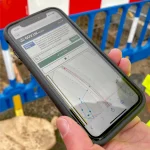
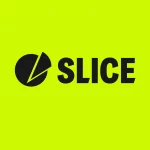
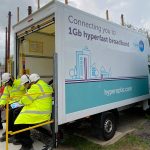

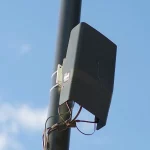

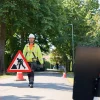

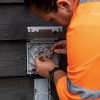

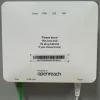






































Comments are closed